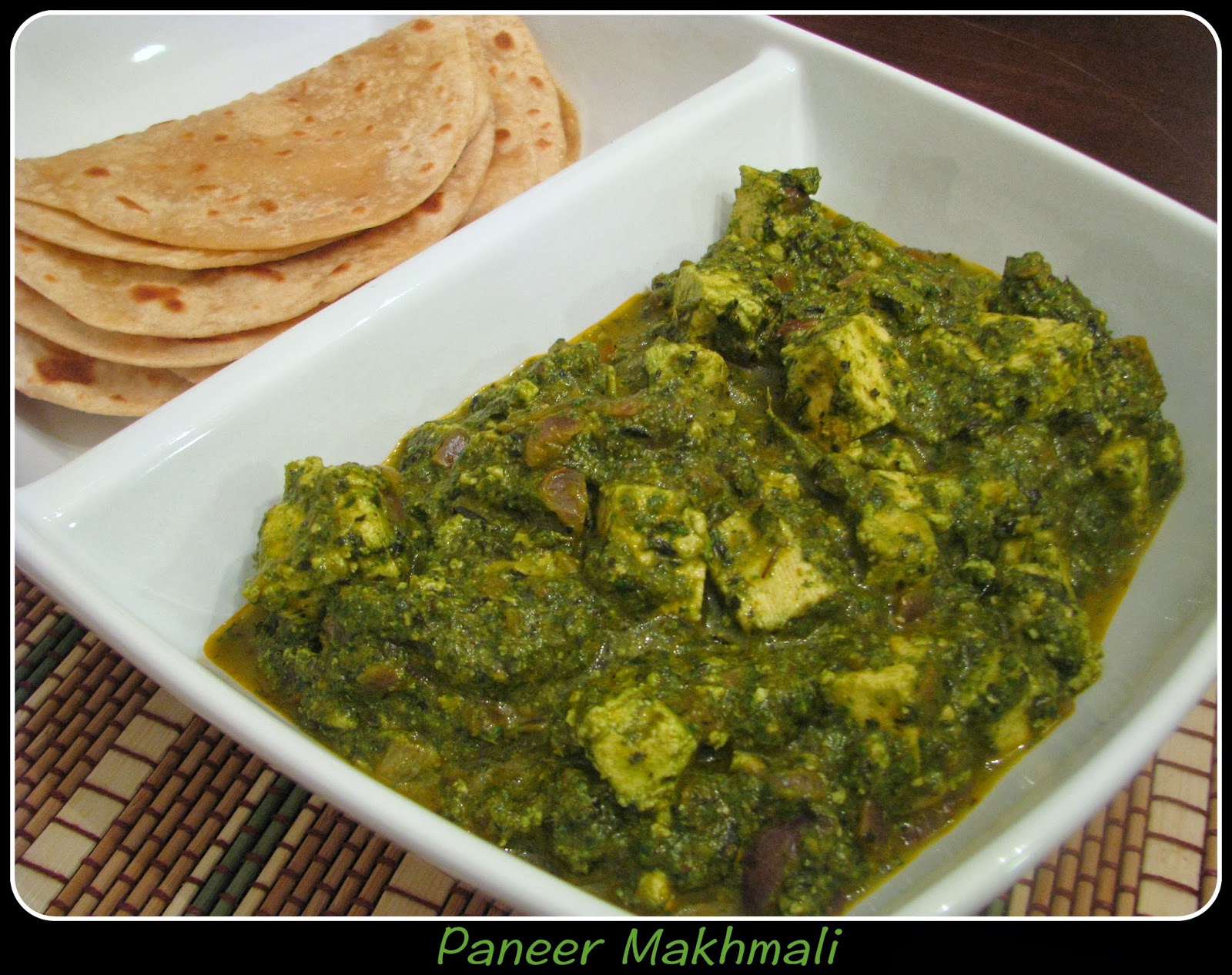When I first came to this country as a wide-eyed student, every trip to the grocery store with my good friend (and then flat mate) was a small expedition all by itself. We used to walk to the store - about 3 miles from our place with our empty backpacks ready to carry all the weekly produce. And then we used to walk all the way back, our backpacks stuffed and our back and shoulders straining under the load. My friend used to rightly remark that we looked like turtles with a heavy shell, walking upright. I remember one time, while crossing the road, the plastic bag I was carrying in my hand gave away and the contents spilled onto the middle of the road. I couldn't even bend down to pick up everything because of my heavy backpack crushing me. But thanks to the friendly people of the laid-back University town that I love dearly, people around helped me, while I was red with embarrassment. But despite all the physical exhaustion, I still think of those walks with fondness. I loved the bright green around me, the colorful flowers, the cool breeze, and our talks together!
Anyway, during each trip, I also learned something new at the grocery store. Such as the difference between lettuce and cabbage. And one day, Dill. I saw my friend stuffing a bag full of dill, and I was ever so curious as to how it would taste and what she would do with it. She made a sambar like dish with cooked toor dal and tamarind juice simmered with dill. And that was one of her specialty dishes! Although dill is a herb that's commonly used to just flavor or season a dish, her dal is not in the least bit overpowering. It tastes unique and very good.
So this dal is inspired from her dish! This is for you Aparna :)
Ingredients (serves 4-6):
- 2.25 cups dill, stems removed, and leaves finely chopped (substitute dill with any other green)
- 1 cup uncooked toor dal / tuvaram paruppu / yellow lentils
- 1 medium-sized onion, chopped finely
- 2 tablespoons tomato paste (or 1 tomato)
- 1 " ball of tamarind soaked in 1.5 cups hot water for 15 minutes
- 2 teaspoons sambar powder (or 1 teaspoon chilli powder and 1 teaspoon coriander powder)
- 1/2 teaspoon turmeric powder
- 1 teaspoon salt or as needed
- 1 teaspoon jeera / cumin seeds
- 2 tablespoons vegetable oil
Preparation:
- Cook toor dal until well cooked and mushy. If using pressure cooker, cook for 4 whistles.
- Heat oil in a sauce pan. When hot, add jeera and wait for it to sizzle. Add onion and cook until translucent.
- Add sambar powder and fry for a minute. Add tomato paste/tomato, turmeric powder and salt and cook until the tomato paste/tomato leaves the sides of the pan. Takes about 7-10 minutes.
- Add the dill leaves and fry/cook until the dill wilts and cooks - about 5 minutes.
- Extract the juice from the tamarind pulp and add it. Add 1/2 cup of water and cook for 10 minutes or until the tamarind doesn't smell raw.
- Add the cooked toor dal and mix well. Add more water, if needed, to get the dal to desired consistency. Reduce the heat to low and cook the dal for 10 minutes until it incorporates the spices.
Remove from heat and serve as a side dish with rice or rotis.



































